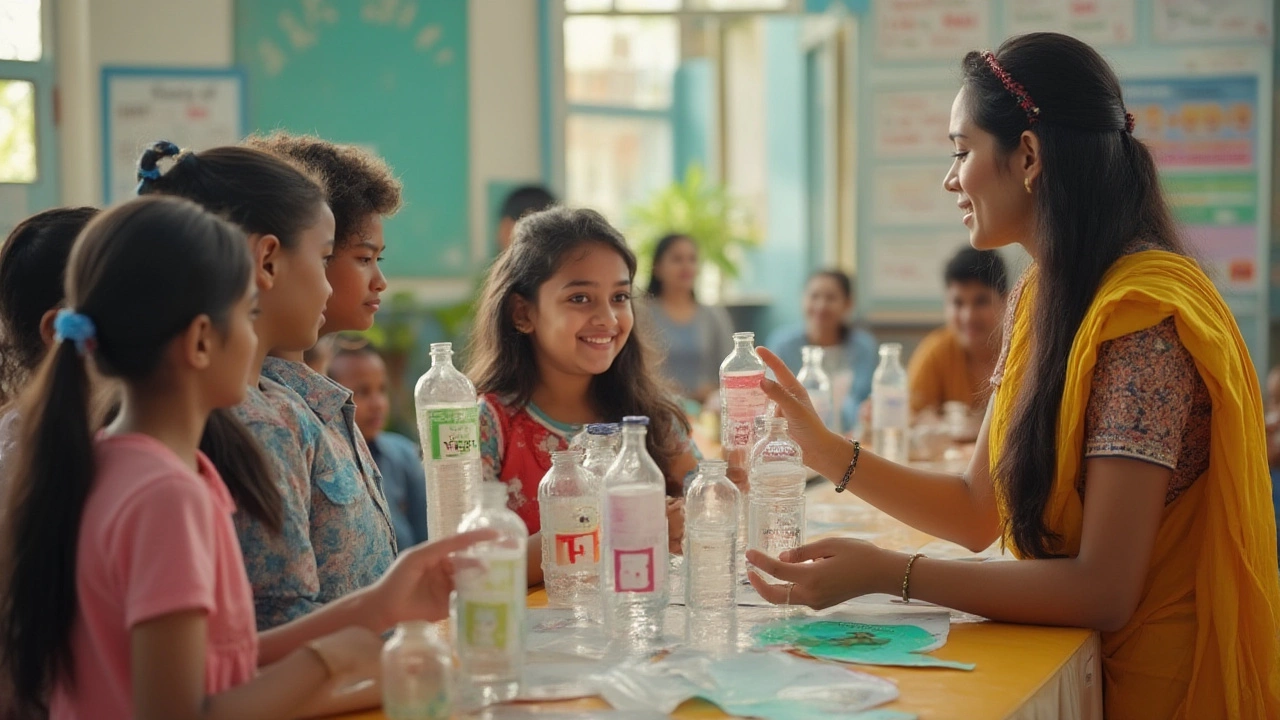Sustainability
When you run a factory in India, the word "sustainability" isn’t just a buzzword – it’s a real way to cut costs, win customers, and protect the environment. On this page you’ll find easy‑to‑apply ideas, fresh industry updates, and a quick look at our most‑read article about plastic number 1. Let’s get straight to what works, without the jargon.
Why Sustainable Practices Matter
Energy bills are a big chunk of any manufacturing budget. Switching to energy‑efficient machines can shave 10‑20 % off your monthly spend. That’s money you can put back into product development or employee training. Besides the bottom line, governments are tightening waste‑management rules. If you’re already sorting scrap, you’ll avoid fines and stay ahead of the curve.
Customers are also demanding greener products. A simple label that says "recycled PET used" can boost sales by up to 15 % in the packaging sector. The same logic applies to textiles, metal parts, and even heavy machinery. When you market a product as sustainable, you tap into a growing consumer base that’s willing to pay a premium.
Practical Tips from Our Latest Guides
One of the easiest places to start is with plastic waste. Our article "What Does the Number 1 on Plastic Really Mean? Safe Uses, Dangers, and Recycling Tips" breaks down the PET (polyethylene terephthalate) code you see on bottles and containers. Here’s a quick rundown:
- Identify PET correctly: Look for the #1 triangle inside the recycling symbol. It’s the clear, sturdy plastic used in water bottles and food trays.
- Safe reuse ideas: Clean PET bottles can become plant pots, storage jars, or even DIY spray bottles for workshop cleaning.
- Recycling steps: Rinse, remove caps, and drop them at any local PET collection point. Most municipal plants turn PET into fibers for clothing or new containers.
- Potential hazards: Avoid using PET for hot liquids or long‑term food storage, as it can leach chemicals under high heat.
Applying these tips inside a factory means you can set up dedicated PET collection bins, train staff on proper rinsing, and partner with local recyclers. The result is less landfill waste and a small stream of reclaimed material you can sell.
Beyond plastics, consider these actions:
- Energy audit: Hire a consultant to map out where you lose the most power. Often, outdated lighting or idle machines during shift changes are the culprits.
- Water reuse: Install simple filtration units to recycle cooling‑water back into the system. Even a 30 % reduction saves thousands of litres per month.
- Material optimization: Use computer‑aided design to cut raw‑material waste by up to 25 % before you even start cutting metal or plastic.
All of these steps are low‑cost, high‑impact. The key is to start small, measure results, and scale up what works. Our category page will keep adding fresh case studies, news, and how‑to guides, so bookmark it and check back often.
Ready to make your plant greener? Start with the PET guide, run an energy audit, and watch the savings stack up. Sustainability isn’t a distant goal – it’s a day‑by‑day improvement that pays off for your business and the planet.

What Does the Number 1 on Plastic Really Mean? Safe Uses, Dangers, and Recycling Tips
Find out what plastic number 1 means, why it matters, and how to reuse or recycle PET plastics safely. This guide explains risks, recycling tips, and surprising facts.
Read More